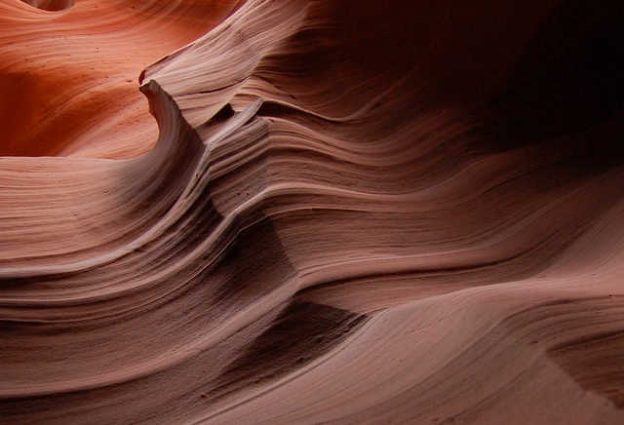When cleaning sandstone pavers, it’s essential to use mild and non-acidic chemicals to avoid damaging the natural stone. Here are some safe chemicals you can use:
General cleaning:
Dish Soap: A mild dish soap mixed with water is an effective and safe cleaner for general maintenance. Start with a solution of one part dish soap to ten parts water, and adjust as needed.
Thorough cleaning
Neutral pH Cleaners: There are neutral pH stone cleaners available specifically designed for cleaning natural stone surfaces like sandstone. These are generally safe to use and won’t harm the stone.
Baking Soda: Baking soda is a mild abrasive that can help remove stains from sandstone. Mix it with water to form a paste and apply it to stained areas. Gently scrub the area with a soft brush, then rinse thoroughly.
Commercial Stone Cleaners: There are commercial stone cleaners designed specifically for sandstone and other natural stone surfaces. These products are formulated to be safe and effective.
Always perform a spot test on an inconspicuous area of the sandstone to ensure that the chosen cleaning solution doesn’t cause discoloration or damage. Additionally, make sure to rinse the pavers thoroughly with clean water after using any cleaning solution to remove any residue.
How does Sandstone Form?
Sandstone is a sedimentary rock primarily composed of sand-sized minerals that have accumulated over centuries in environments like lakes, rivers, and ocean floors. The formation process involves two main stages: first, layers of sand gather through sedimentation, where particles settle and rest against a barrier. This sediment is then cemented under pressure, binding the grains together. The sand originates from older, fragmented rocks and ranges in size from 1/16th of a millimetre to 2 millimetres. While sand is the predominant component, other materials like cement and matrix may also be present. Sandstone can form in various locations including rivers, lakes, ocean floors, desert dunes, and beaches. It exhibits natural variations in colour, tone, shade, and grain, with some stones having oxidizing properties and others displaying unchanging banding. Sandstone deposits are widespread globally, with significant reservoirs in the United States, South Africa, and notably Germany, which holds the highest number of locations. Australia also boasts substantial sandstone deposits, with Gosford Quarries known for extracting top-quality natural sandstone, offering a wide array of colours and textures driven by a passion for this remarkable rock.
Avoid using acidic cleaners (e.g., vinegar, lemon juice, or any product with a pH below 7) on sandstone, as they can etch and damage the stone surface. Also, never use abrasive cleaners or scouring pads that can scratch the sandstone.
If you’re unsure about which cleaning product to use or if you have particularly stubborn stains, it’s a good idea to consult with a professional stone restoration expert who can provide guidance and perform a proper cleaning if needed.




